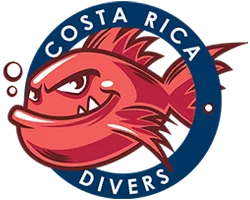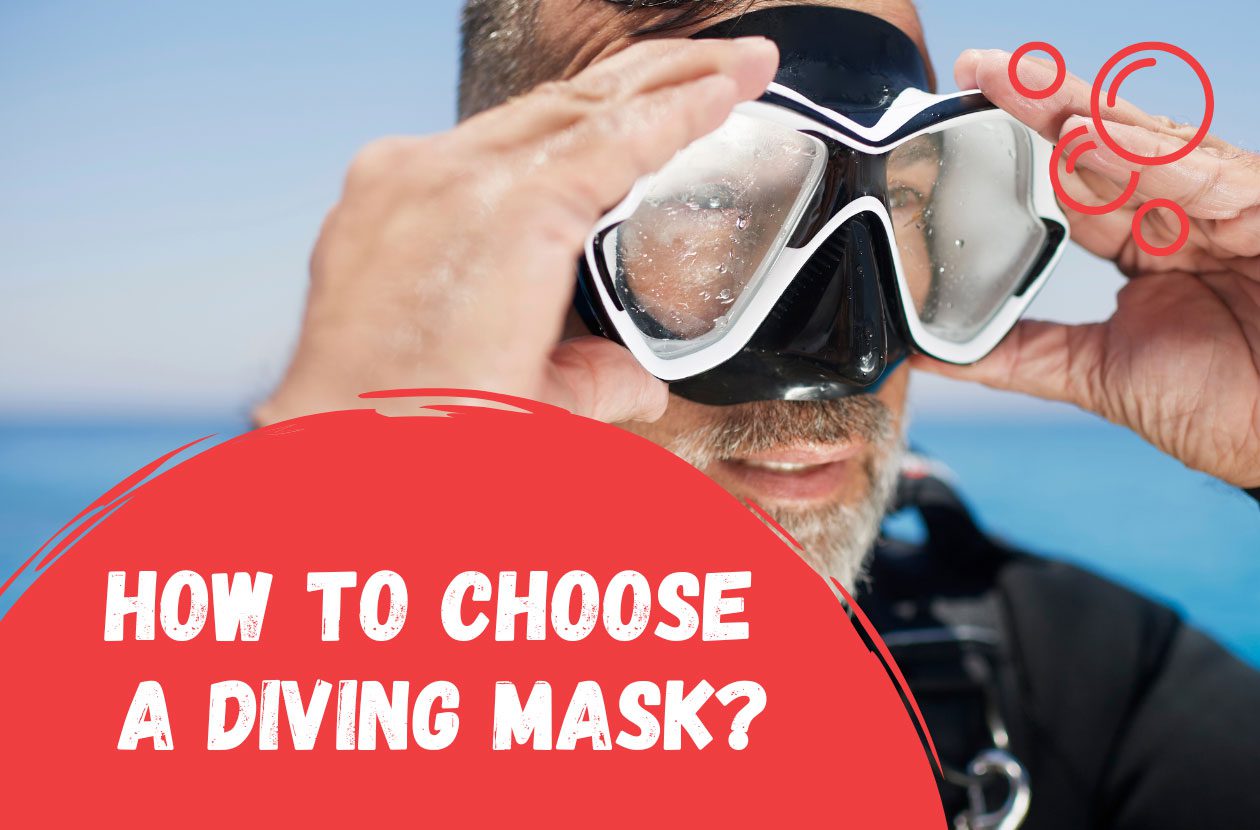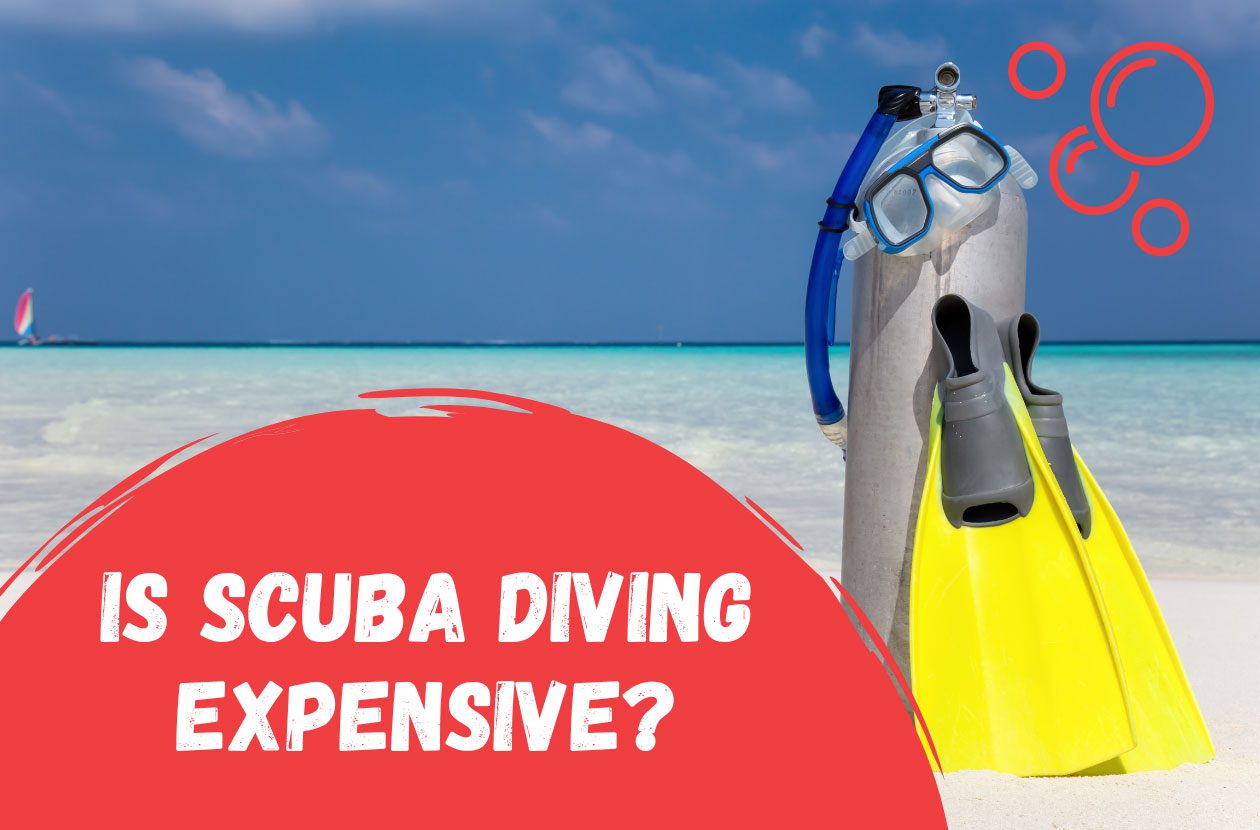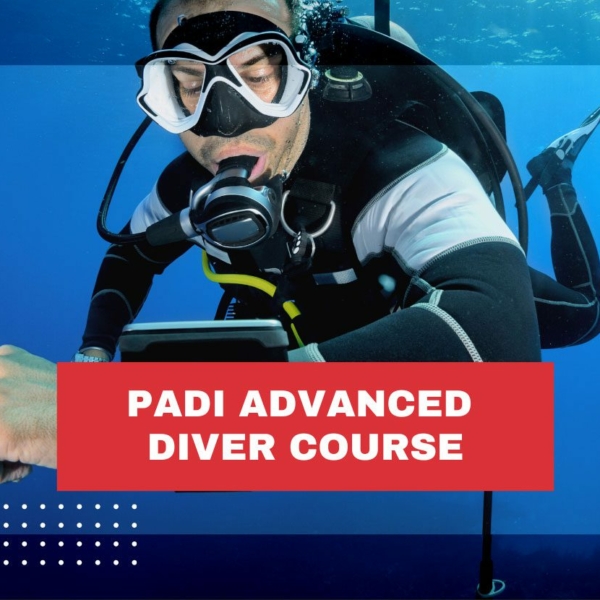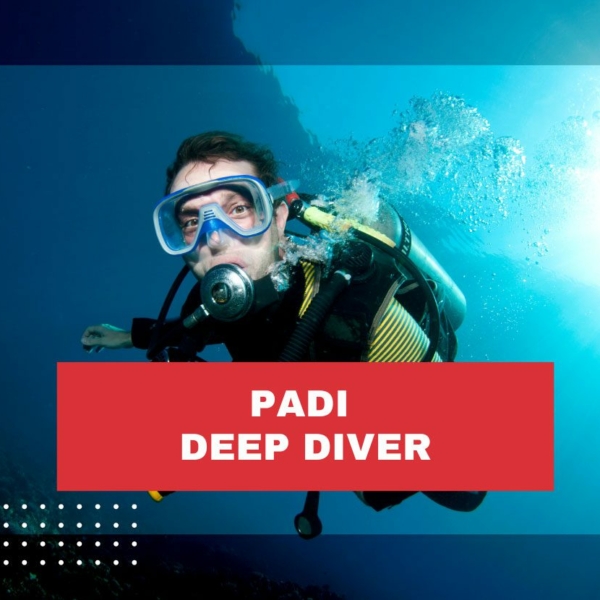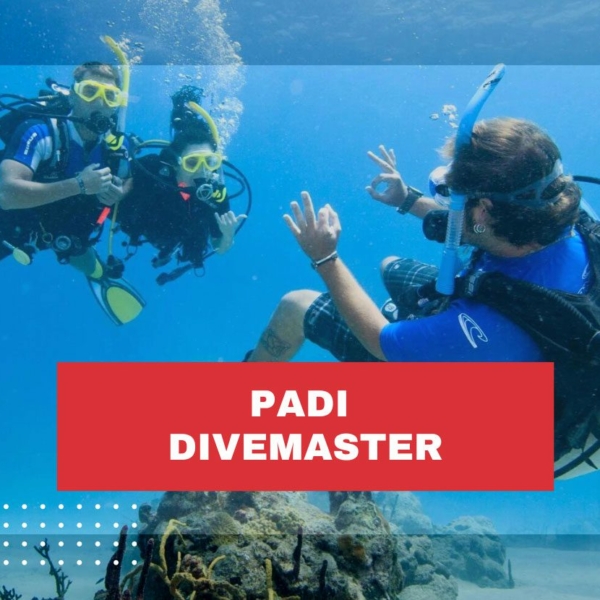What is scuba diving? In its simplest definition, diving is being underwater on what is known as held breath (freediving) or with appropriate equipment (scuba diving). Diving can be performed for various reasons and purposes, reaching for techniques appropriate to the situation and the diver’s skills.
What is diving and what are its types? How to start diving, who can dive and what are the contraindications to diving? What do diving schools and courses offer for beginners and advanced divers? Find the answers to these and many other questions in this diving guide!
Table of Contents
What is diving and what is its history?
Diving has been with humanity since the beginning of time. Thousands of years ago, people dived primarily for food, but also in search of “treasure” and for military purposes. In those days, people dived primarily on held breath, but also with reed stalks in their mouths – the other end of the reed protruded above the water surface and allowed people to take a breath without coming to the surface (the modern equivalent of this method is snorkeling).
History of diving – where did it start?
The earliest engravings and descriptions of diving dates back to the 1st century BC. These include a bas-relief from 885 BC showing an armed man breathing underwater using equipment that resembles modern diving cylinders, as well as Aristotle’s record, dated 332 BC, of a diving bell that Alexander the Great supposed to have used during the siege of Tyre.
Discoveries and inventions – way to safe diving
It became the goal of diving scientists and inventors in the following centuries to develop solutions to increase the time spent underwater. Leonardo da Vinci is considered to be the author of the first design of a self-contained underwater breathing system and the first diving suit. A breakthrough invention in the field of diving was the first diving system allowing free underwater mobility, designed in 1797 by Karl Heinrich Klingert.
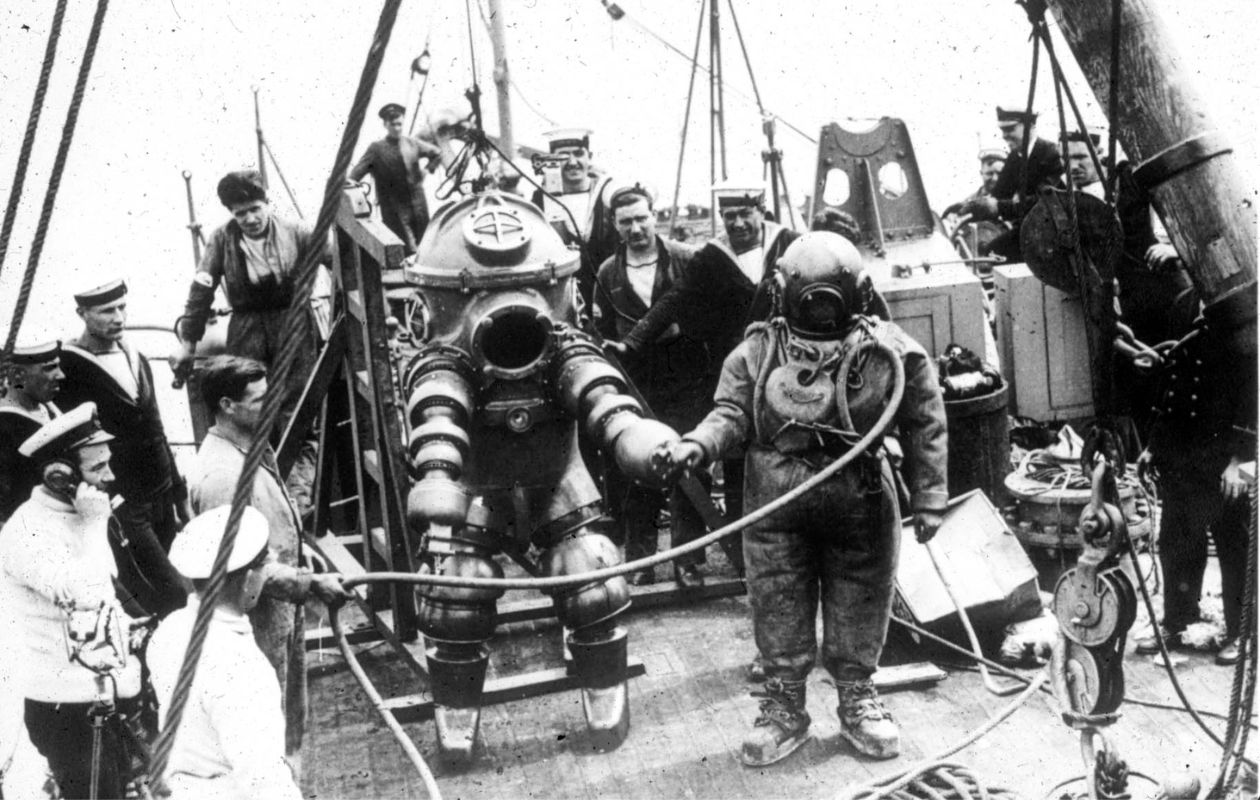
In the 18th and 19th centuries, many innovations were tested simultaneously. In 1823, the Deane brothers patented a firefighter’s helmet to protect firefighters from the effects of smoke inhalation. Shortly thereafter, the firefighter’s helmet, at the request of the inventors, was adapted for diving by August Siebie.
It was him, by the way, who is considered to be the “father of diving.” It’s all due to the complete, enclosed classical diver’s suit, patented in 1837 – made of gas-tight fabric, with heavy boots and weights (allowing for adjustable buoyancy) and air supply with a rotary pump. The suit was the first to make it possible to stay underwater for a really long time safely.
Making diving popular
A sudden increase of interest in diving was noted in the first and then in the second half of the 20th century. The popularization of underwater adventures was most influenced by increasing the safety of divers through the use of modern technological solutions, while gradually reducing the price of diving suits and the cost of operating breathing equipment. Today, diving is practiced by millions of people around the world.
Diving methods – a classification by technique and equipment selection
Diving can be performed by one of three basic methods: snorkeling, freediving and scuba diving. What are the characteristics of these methods?
Snorkeling – amateur diving for everyone
Snorkeling is the simplest form of diving, consisting of floating or swimming just below the surface of the water, with simple equipment that allows you to admire the underwater world without surfacing for air.
The basic equipment for snorkeling is the so-called ABC equipment:
- mask – protect your eyes from contact with water and allow you to see clearly,
- snorkel (from English – this is where the name of the diving method comes from) – allows you to breathe freely without raising your head above the water level / without coming to the surface,
- fins, which significantly increase a diver’s mobility and speed up swimming.
Freediving – diving on held breath
Freediving, or diving without an aqualung – on held breath, is one of two basic diving methods in which the diver actually goes underwater to a chosen depth (in snorkeling, the diver only floats or is just below the surface – he does not go deep).
The length of the freediver’s immersion depends on how long he can safely hold his breath underwater. As part of your preparation for your first freediving, you should do breathing exercises and learn the rules for safely submerging and emerging from the water.
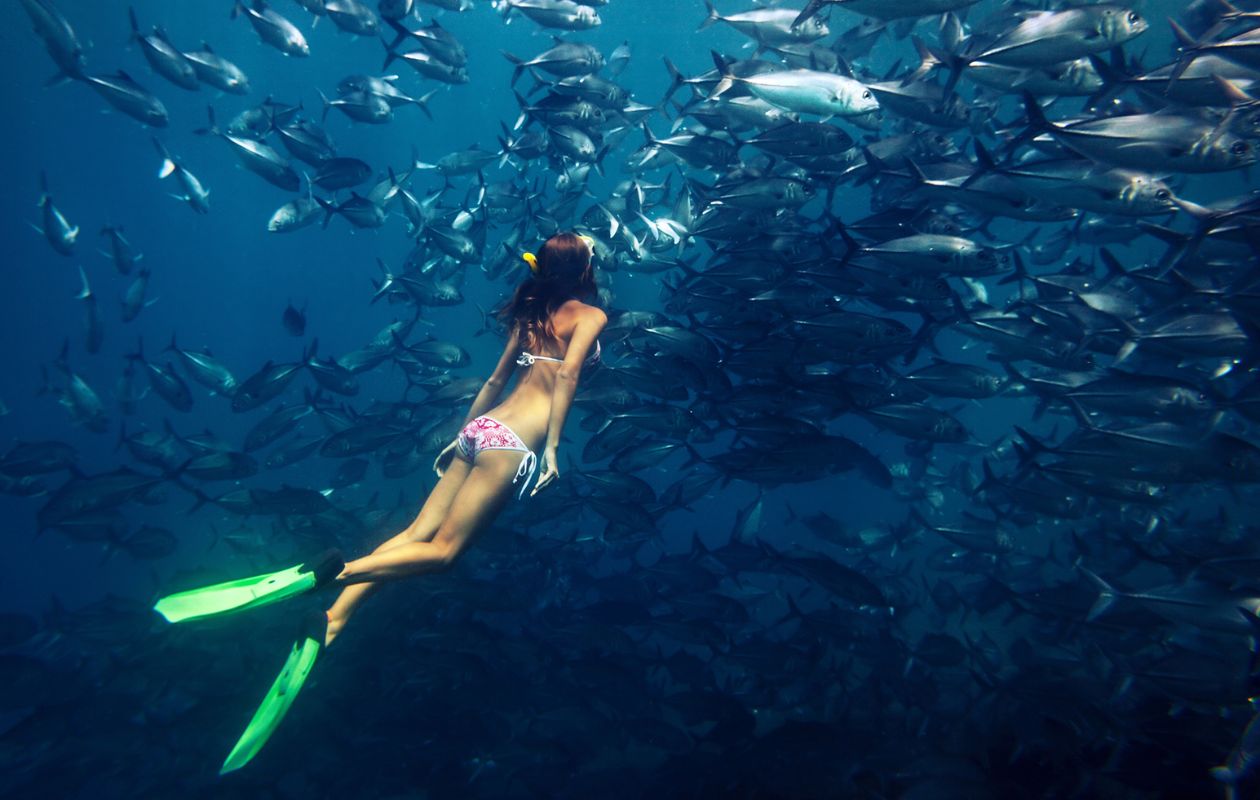
Freedivers do not use an aqualung, which allows them to stay/breathe underwater, but they can use:
- masks and goggles – they protect the eyes and makes enjoying the underwater world more comfortable,
- wetsuit or swimming skins – protect the diver’s body from cooling down too quickly,
- fins – to increase the diver’s mobility,
- ballast – for effective management of the depth of immersion.
Scuba diving – diving with aqualung
Scuba diving is diving with equipment. A scuba diver is equipped with an aqualung. Which is equipment that allows the diver to swim and breathe freely underwater. It is the only diving method that allows you to stay underwater continuously and explore the underwater world for an extended period of time.
The basic equipment of a scubadiver is:
- ABC equipment – mask, snorkel and fins (snorkel used in snorkeling – here it comes in useful, for example, in situations when you want to go up to the submersion spot without using air from the cylinder),
- breathing regulator and cylinder with breathing air,
- wetsuit or dry suit.
Optionally, the scubadiver equipment may also include:
- Dive computer – a small device in the form of an elaborate wristwatch, a high-end dive computer indicates, among other things, the depth of descent and the time spent underwater, warns against ascending too quickly, and also informs about the limit of no-decompression time at a given depth (taking into account previous dives),
- Buoyancy vest (as an alternative to the traditional plate and buoyancy bag),
- Diving flashlight – to bring out disappearing colors in muddy waters or at depths of more than 10 meters, essential for night dives.
Types of diving – classification by purpose of diving
Diving can be performed for a variety of reasons and purposes, and the division into recreational diving (rec diving) and technical/sports diving (tec diving) is definitely not exhaustive.
Here are the most popular types of diving and the techniques used in them:
Amateur recreational snorkeling
This is the type of diving which is being practiced by the largest number of people around the world. Snorkeling can be practiced with almost no restrictions (age and health) and without any major preparation – all you need is to fit a mask and master the skills of breathing with a snorkel. Snorkeling is very popular among tourists visiting Egypt, Croatia, Greece and Italy, among others.
The most beautiful places to practice snorkeling include:
- beaches around the Maltese islands of Gozo and Comino
- beaches near the town of Isola Rossa in Sardinia
- beaches around Paphos in Cyprus
- Croatia’s Makarska Riviera
- the rocky coast around the Spanish island of Medes
- the azure coastlines around the Greek islands of Skiathos and Skopelos.
Recreational diving – freediving and scuba diving
Recreational diving can be practiced in a wide range of ways, without equipment or with equipment, by both beginners and advanced divers of different skill levels. Unlike amateur snorkeling – recreational diving practiced by freediving and scuba diving methods should always be preceded by training appropriate to the technique.
Regardless of the method chosen and the type of equipment or aqualung – the purpose of recreational diving is to relax and de-stress, a way to meditate (especially in case of freediving) and enjoy admiring the underwater world and overcoming own barriers.
Freediving and diving can be practiced both in natural reservoirs and in special pools – simulators of diving conditions. The contractual limit for recreational diving is 40 meters deep.
Amateur sport diving – freediving and scuba diving
Sport diving can also be a form of recreation. What makes sports diving different from recreational diving is, among other things, the frequency and regularity of dives (recreational diving is mostly occasional).
The goal of those who treat diving as a sport is also different – in this case, diving is supposed to be a kind of physical activity, during which certain activities are performed and all parts of the muscles are involved. The goal of divers is also to improve their fitness, increase mobility and agility, diving speed or speed of movement underwater.
Amateur sport diving can be practiced both in natural reservoirs and in special pools – simulators of diving conditions.
Technical diving
Technical diving is dedicated only to experienced divers with extensive knowledge and highly rated skills, as well as appropriate equipment – definitely more advanced than in the case of recreational diving. This is diving that requires divers to be in good physical condition and to be free of any contraindications to this activity (technical divers must undergo regular medical examinations confirming very good health).
Technical diving can be quite a strain and challenge to the body, as it definitely exceeds recreational limits – regarding depth of immersion (technical divers exceed the 40m depth limit) and/or time spent underwater. Technical diving can be performed at different depths, with or without changing decompression gases, using multiple breathing mixtures during one dive. Therefore, tec diving involves more risk than recreational diving.
The goal of technical diving is to improve your skills, improve your performance and gain the next level of mastery. Also by exceeding standard time and depth limits, but always with safety in mind. It is essential to learn tec diving under the guidance of an experienced instructor. Such as in specialized courses conducted by tec diving organizations TDI, IANTD or PADI/DSAT.
The most important rule of technical diving is to plan the dive carefully, and then dive according to that plan. The so-called Run Time determines in detail the entire dive. From submergence to ascent, specifying the points where the diver should be at a certain time. Run Time planning should involve optimizing the dive in all respects.
Wreck diving – beautiful and sunken
Wreck diving is diving aimed at exploring sunken wrecks and other man-made objects. Such as sunken oil rigs or sunken cities. Penetration of sunken objects is carried out through equipment diving, or scuba diving.
Cave diving – scuba diving
Cave diving is diving aimed at exploring underwater caves, passages and shafts. It can be carried out at various depths. But most often involves the inability to rise vertically to the surface. So it requires proper training and skills (rather beyond rec diving skills), very good physical fitness and mental toughness.

Commercial and professional diving
We speak of commercial and professional diving when it is directly related to the work performed. Commercial diving is performed by a so-called professional diver. That is, a person who has the necessary psycho-physical qualities and the necessary skills. As well as the qualifications / licenses that confirm them.
A professional diver must have a certificate of completion of a dedicated course that shows, among other things, the class. Class III diploma authorizes professional diving at depths of up to 20 meters. A Class II diploma authorizes professional diving at depths of up to 50 meters.
A Class III diploma authorizes professional deep-sea diving and underwater work at depths of more than 50 meters. The health requirements for a professional diver are strictly defined in the Health Ministry’s Regulation on Health Conditions for Underwater Work.
Professional divers would include:
- diving instructors,
- persons diving for research and scientific purposes, conducting for example biological research and archaeological research,
- rescue divers
- police divers
- exploration divers – extractors
- engineer divers, working, for example, in the operation of hydraulic structures, engaged in ship maintenance or welding of individual elements of the construction of platforms and wharves.
The complete guide to scuba diving – summary of part one
As you can see, diving is not a closed definition and definitely goes beyond recreational activities. Every diver starts with a basic diving course, but after that the development path can be very different. Since the topic of diving is vast, this article is only the first of several parts. Feel free to follow our social media channels to stay up to date.
